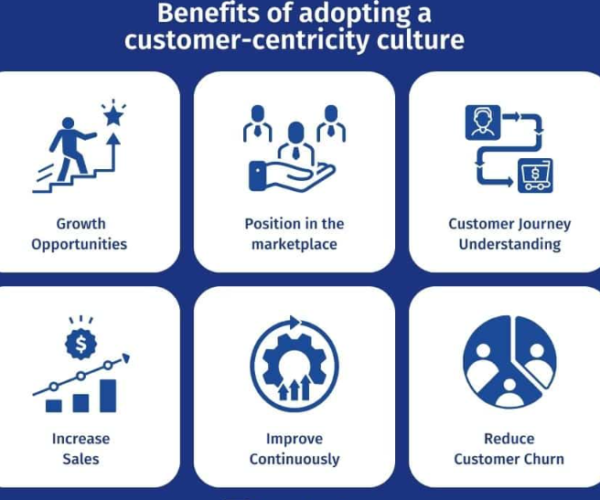What Is a Gantt Chart?
A Gantt chart is a project management tool that allows project managers to create a project schedule by mapping project tasks over a visual timeline which shows the order in which they’ll be completed, when they’re due, their duration and other details about them such as their percentage of completion. Every Gantt chart has two main parts, a grid or task list on the left side and a project timeline on the right.
A Gantt chart is a horizontal bar chart used to illustrate the timeline of a project and its tasks. This gives your team a visual overview of project information like your project schedule, upcoming milestones, and overall project timeline.
Each horizontal bar within the chart represents a task, and the length of each bar represents the amount of time that step or task will take. When you zoom out to look at the full picture, these charts give project managers and project teams an overview of what work needs to get done, who’s doing it, and when.
The Gantt chart was created by Henry Gantt in the early 20th century to improve project planning, scheduling and tracking by illustrating completed work compared to planned work. Today, project managers and team members use Gantt charts to plan projects, create a project schedule, allocate resources and track progress with just one project management tool.
Components of a Gantt chart
- Task list: A vertical list of project tasks on the left side of the chart, serving as the foundation for plotting the project timeline. For example, a project to develop a new website might include tasks like “design homepage,” “write content,” and “code website.”
- Task bars: Horizontal bars that represent the duration of each task, showing the start and end dates. For instance, the task bar for “design homepage” might span two weeks in April, visually indicating its planned duration.
- Milestones: Markers that signify key dates or achievements within the project timeline. An example is marking the completion of the website prototype as a milestone, which indicates a significant achievement in the project’s progress.
- Dependencies: Lines or arrows that connect tasks to indicate the sequence in which tasks must occur. If “write content” cannot start until “design homepage” is complete, a dependency arrow would connect these tasks.
- Critical path: Highlights the longest sequence of dependent tasks that determine the project’s duration. In our website project, the critical path might include tasks such as “code website,” directly impacting the project’s end date.
- Resource allocation: Information on which resources are assigned to specific tasks is often included alongside the task bars. An example would be assigning a specific web designer to the “design homepage” task.
- Dates and time scale: The top of the chart features a calendar or time scale that tasks and milestones are plotted against to provide a temporal context. For example, the entire project might be set against a six-month time scale from April to September. This helps stakeholders visualize the project timeline at a glance. Each of these components plays an important role in providing a comprehensive overview of the project’s scope, duration, and dependencies.
The benefits of using a Gantt chart for project management
Gantt charts are visual representations of tasks plotted against time. They represent crucial information in a project, such as who is assigned to what, task durations, and overlapping activities. A Gantt chart depicts the completion of each work in a project using timelines. These timelines explain how the various tasks are connected. Gantt charts are useful because they show the activities and progress of a project.
-
- Allows Better Tracking: Project leaders and members can use a Gantt chart to keep track of tasks, milestones, and overall workflow. The chart can show potential constraints or concerns, allowing project leaders and members to make appropriate adjustments.
-
- Provides High-Level Overview: For both individuals who are directly committed and those with less involvement, such as executives and other stakeholders, a Gantt chart provides an overall perspective of a project and its timeframe.
-
- Boosts Productivity: A Gantt chart enables workers to collaborate in order to increase production. A Gantt chart’s great visibility helps workers keep focused on the tasks they need to finish. This transparency also ensures that all team members are held accountable for their tasks.
-
- Illustrates Overlaps and Dependencies: A Gantt chart illustrates how tasks in a project may intersect. It also demonstrates how the start of one job might be contingent on the completion of another. This type of data enables project managers to schedule work and allocate resources in a way that does not stymie project progress.
-
- Manage Complex Information: A Gantt chart’s visual clarity can aid in the simplification of a complex set of tasks. The chart depicts tasks in a straightforward and simple manner for those who must complete them. Team members can stay focused and avoid becoming overwhelmed by a huge number of duties because of this transparency.
-
- Balance Multiple Projects: Managers can quickly track many projects using a Gantt chart. Because the chart shows how to give the proper resources at the right time, it allows those managers to balance the work on each project.
-
- Set Realistic Deadlines and Expectations: A Gantt chart lists all of the tasks that must be completed by a team in order to complete a project. The diagram also depicts the linkages and dependencies between the various tasks. A realistic assessment of the time it takes to finish the work is possible with such cohesive visual communication.
-
- Keeps Everyone Aligned, Including Remote Workers: All work on a project remains aligned when everyone in the team (including remote workers and those in distant offices) has simple access to the same information. Everyone benefits from the chart since it enhances communication and teamwork.
What is a Gantt chart used for?
While you can use a timeline view for a variety of projects and programs, it’s helpful to understand what these charts are commonly used for and why:
-
- Build and manage complex projects: The bigger the project, the more tasks there are to manage. Gantt charts can help project managers when scheduling projects by allowing them to easily visualize a project and break it down into smaller tasks.
-
- Monitor task dependencies: Project delays happen. Visualizing work in a timeline helps project managers automate task dependencies, which ensures that the next phase or task doesn’t start until the previous one has finished.
-
- Keep track of project progress: Track progress and milestones, so you can quickly adjust your project plan if needed. That’s to say, aid in planning, scheduling, and tracking projects. While versatile, their core purpose is consistent: enhancing project visibility and aiding decision making.
-
- Dependency mapping: his is a cornerstone in project management, not only for identifying, analyzing, and documenting task interdependencies but also for prioritizing them effectively. Gantt charts are often the go-to visual tool for this purpose, with horizontal bars indicating the duration of each task and connecting lines specifying the dependencies among them. They offer dynamic benefits like enhancing sequencing and scheduling, particularly in projects with multifaceted dependencies.
-
- Task management: Gantt charts offer a structured and visual approach to planning, scheduling, and resource allocation, making them invaluable in project management.
-
- Project planning: Gantt charts provide an all-encompassing perspective on project scope, going beyond task enumeration to deliver strategic insight. These charts act as strategic roadmaps, meticulously aligning with overarching objectives. They serve the dual purpose of guiding immediate action and facilitating long-term planning.
-
- Date shifting: Gantt charts are versatile tools for managing project timelines and adapting to dynamic situations. They excel in date shifting, allowing you to add specific due dates for task alignment and clarity.
- Resource allocation: Resource allocation is a cornerstone of effective project management, and Gantt charts are instrumental in this process. Here’s how to use Gantt charts for resource allocation: Identifying resource needs: Gantt charts document resource requirements, associating them with tasks or milestones for clarity, Checking availability: Gantt charts align resource timelines with project schedules, identifying conflicts and enabling adjustments, Managing constraints: Gantt charts accommodate limitations, such as working hours, allowing parameter definition for adherence, Optimizing usage: The visual representation of Gantt charts helps identify underutilization or overallocation, enabling task adjustments.









